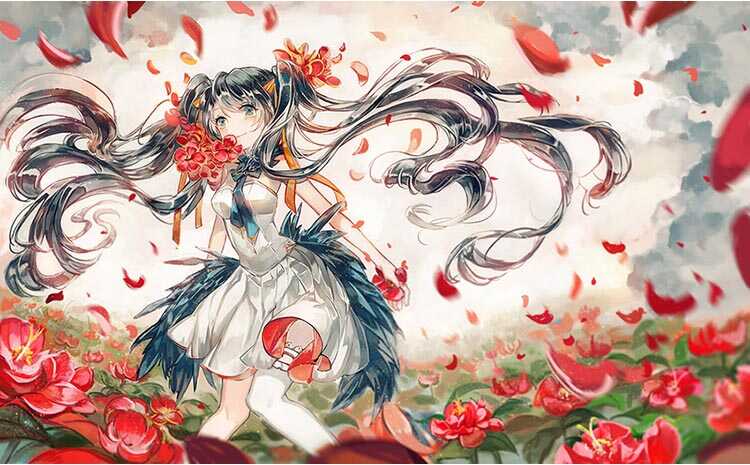The Chinese almanac, also known as "Huangli" in Chinese, is a traditional calendar that has been in use for centuries. The word "Huangli" is a combination of two Chinese characters: "Huang" means yellow, and "Li" means calendar. In Chinese culture, the color yellow is associated with the Earth, and the almanac is believed to provide guidance and advice for everyday life based on the Earth's energy and celestial movements.
According to the teachings of Huangli, the calendar is divided into 24 solar terms, which mark the changing of seasons and guide agricultural activities. Each solar term is associated with specific weather patterns, natural phenomena, and seasonal activities. For example, the solar term "Qingming" signifies the arrival of spring and is a time for tomb sweeping and outdoor activities, while "Dongzhi" marks the winter solstice and is a time for family reunions and eating dumplings.
In addition to the solar terms, the Chinese almanac also includes auspicious and inauspicious days for various activities such as weddings, funerals, moving house, and starting a business. These dates are based on the Chinese zodiac, the five elements, and yin and yang principles. For example, getting married on an auspicious day is believed to bring good luck and happiness to the couple, while starting a business on an inauspicious day is thought to lead to financial problems and setbacks.
Furthermore, the Chinese almanac provides guidance on feng shui, traditional Chinese medicine, and fortune-telling. It offers advice on how to harmonize the energy flow in a home or office, how to maintain health and prevent illness, and how to predict the future based on the positions of celestial bodies and the five elements. Many people consult the almanac before making important life decisions or engaging in significant activities.
While some people may view the Chinese almanac as superstitious or outdated, it continues to play a significant role in Chinese culture and daily life. Many people still use it to plan their daily activities, organize events, and make important decisions. The teachings of Huangli are deeply rooted in Chinese traditions and beliefs, and they provide a unique insight into the Chinese worldview and way of life.

In conclusion, the Chinese almanac, or Huangli, is a valuable guide to understanding Chinese traditions, cultural practices, and spiritual beliefs. It offers a comprehensive overview of the Chinese calendar, seasonal observations, auspicious and inauspicious days, feng shui, traditional Chinese medicine, and fortune-telling. By exploring the meaning of Huangli, one can gain a deeper appreciation for the rich tapestry of Chinese culture and its enduring influence on everyday life.
The Meaning of Huangli: A Guide to Chinese Almanac黄历(huánglì),黄,即阳兮,历,指时间也。黄历是中国传统文化中非常重要的一部分,它是根据农历和星象推测吉凶祸福的一种书籍。黄历中所记录的内容丰富多样,覆盖了农业、生活、婚嫁、行军等方方面面。
在中国,黄历一直被人们视为非常神秘的东西,它被普遍认为是一本预测未来和指导人生的书。很多中国人在重大事件发生之前都会查阅黄历,以决定吉日良时,以求得好运。因此,黄历在中国人的生活中扮演着十分重要的角色。
黄历也是中国传统文化的一部分,在其中包含了古代中国人对宇宙、万物规律的认知。通过黄历,我们可以了解古代中国人对时间、自然和命运的看法,深刻地反映了他们的智慧和哲学思想。
值得一提的是,黄历并不仅仅是中国文化的瑰宝,它也包含了丰富的民间传统和文化内涵。在黄历中,有很多关于节气、风俗习惯、民间传说等内容,这些都是中国丰富的传统文化的具体表现。
虽然现代社会的发展已经使得黄历逐渐淡出人们的视野,但它仍然保留着丰富的文化价值和历史意义。通过了解黄历,我们可以看到古代中国人的智慧和传统文化的魅力,也可以更好地理解中国人的生活方式和价值观念。
总的来说,黄历不仅是一部反映古代中国人对时间和宇宙规律认知的书籍,更是中国传统文化的一部分,蕴含着丰富的文化内涵和历史意义。通过学习黄历,我们可以更好地了解中国传统文化,感受到古代中国人对自然和生活的智慧和理解。
The Translation of Huangli and Its Cultural ImplicationsHuangli, also known as the Chinese Almanac, is a traditional calendar system that has been used for centuries in China. It contains a wealth of information, including auspicious and inauspicious days for various activities, as well as astrological forecasts and traditional Chinese medicine advice.
The term "Huangli" can be translated into English as "yellow calendar," with "huang" meaning yellow and "li" meaning calendar. The color yellow holds significant cultural symbolism in Chinese tradition, representing the center and the earth, and is associated with the Emperor and royalty. As such, the name "Huangli" carries with it a sense of authority and importance.
From a cultural perspective, the translation of "Huangli" as the "Chinese Almanac" captures its essence as a comprehensive guide to traditional Chinese customs, beliefs, and practices. It reflects the deep-rooted connection between the Chinese people and their cultural heritage, encompassing a wide range of areas such as agriculture, astrology, and folklore.
One of the key aspects of Huangli is its association with auspicious and inauspicious days. This aspect of the almanac reflects the Chinese belief in the influence of cosmic forces on human endeavors. By consulting Huangli, individuals can make informed decisions about important activities such as weddings, business ventures, and moving house, in order to maximize their chances of success and avoid potential pitfalls.
Furthermore, the inclusion of astrological forecasts and traditional Chinese medicine advice in Huangli highlights the interconnectedness of the cosmic, natural, and human realms in traditional Chinese belief systems. It demonstrates the holistic approach to life and well-being that has been integral to Chinese culture for millennia.
It is also worth noting that the translation of Huangli into English allows for greater accessibility and understanding of this traditional Chinese practice by a global audience. As interest in traditional Chinese culture and beliefs continues to grow worldwide, having a clear and accurate translation of Huangli is essential for promoting cross-cultural communication and appreciation.
In conclusion, the translation of Huangli as the Chinese Almanac encapsulates the depth and breadth of this traditional calendar system, as well as its cultural significance. It serves as a bridge between the ancient wisdom of Chinese civilization and the modern world, offering valuable insights into the rich tapestry of Chinese customs, beliefs, and practices.
版权声明:xxxxxxxxx;


工作时间:8:00-18:00
客服电话
电子邮件
admin@qq.com
扫码二维码
获取最新动态
